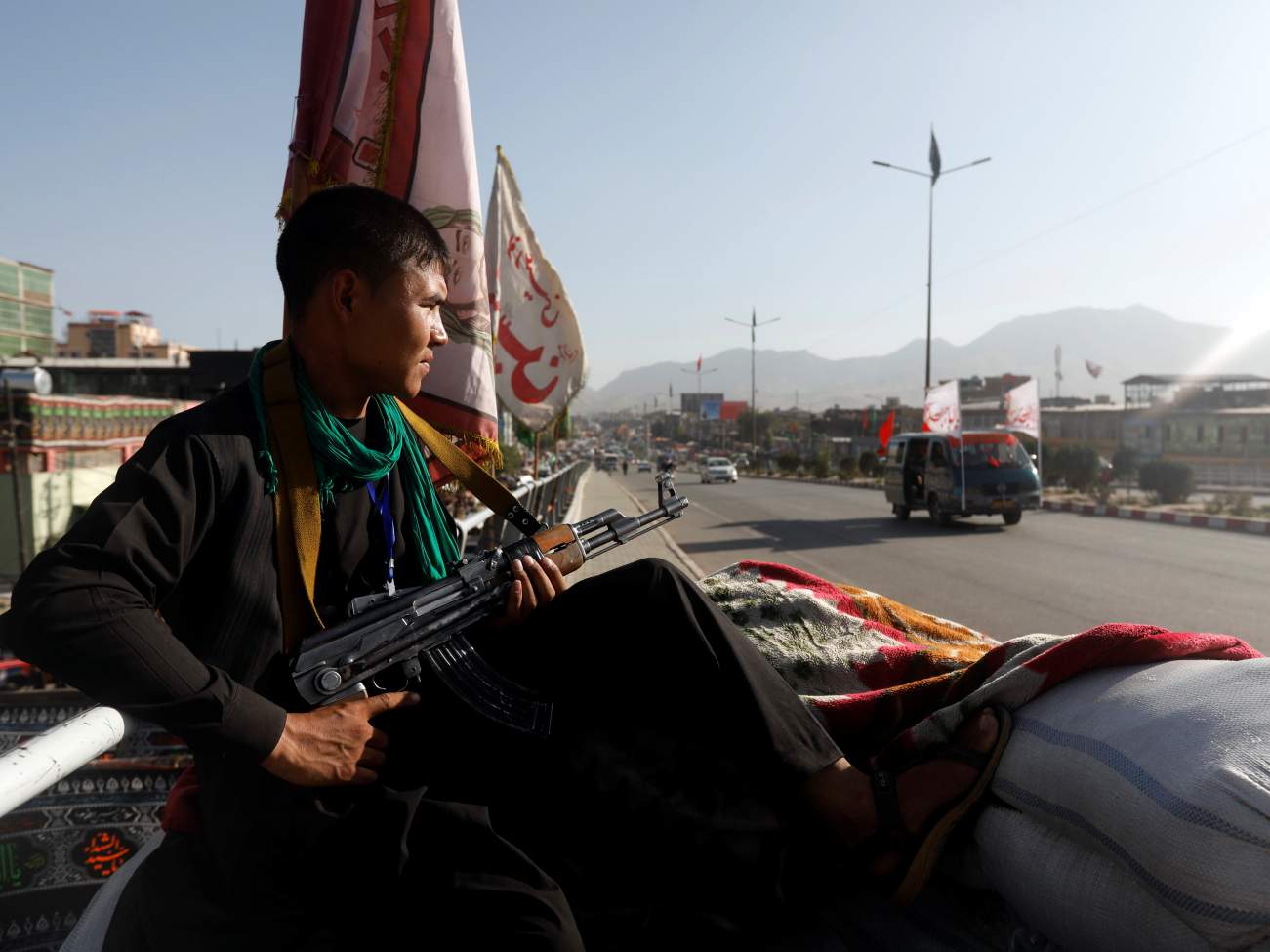For the first time in history, Afghanistan's neighbors have joint interests in seeing the country become stable.
As violence from Taliban attacks in Afghanistan remains unabated, and the hoped for ceasefire during Eid al-Adha did not materialize, it is worth reflecting on how ripe the conditions are for peace are in Afghanistan and how a rare geopolitical window of opportunity has opened up for the more powerful countries that regularly intervene in Afghanistan.
The Taliban came close to agreeing to another ceasefire, deciding against doing so only to attempt to demonstrate that the stepped-up bombing campaign of the United States and its NATO allies was not forcing the terrorist group to the negotiating table. There had been ample expectation on both sides that they could agree upon a brief truce that offered the prospect of prisoner releases and possibly more.
After all, an unprecedented breakthrough ceasefire occurred as recently as the end of Ramadan in June. In a series of dramatic moves and scenes, rank and file Taliban fighters across the country entered Afghan cities and appeared to engage in spontaneous gestures of peace and national camaraderie. Taliban fighters were filmed kibitzing with Afghan soldiers, eating candy and ice cream in public squares, and even taking selfies with those they had previously tormented, including women—not only in Kabul, but up and down the country.
These scenes took nearly everyone by surprise. They helped to create a fresh understanding that after nearly two decades of a civil war/insurgency the Taliban, the government, and the Afghan people are apparently poised to adopt some form of peace—if to varying degrees. Skeptics remain, however, for this year also happens to constitute the bloodiest year since the 2001 initiation of the conflict when measured in terms of civilian deaths.
Moreover, earlier this month the Taliban staged a rather brazen attack on the city of Ghazni, only ninety miles from Kabul and home to a quarter of a million residents. The Taliban took the city with relative ease, and briefly held it until 200 to 250 civilians were killed amid the fighting. By that time government troops retook the city with support of U.S. airstrikes. The Taliban have long controlled the countryside around Ghazni—and in 45 percent of the rest of Afghanistan—and had even collected taxes in part of the city.
Despite the hundreds of billions of dollars of aid money given by the U.S. and western allies over the course of the past seventeen years, low troop morale, widespread corruption among commanders and officials (some leading to aid money falling into insurgent hands), and nefarious intervention by multiple external countries has kept large swathes of Afghanistan unstable.
Yet several key factors appear to be making some form of ceasefire and/or peace possible, if not necessarily fully probable. First, the Afghan special forces are actually fairly effective. While they do not constitute a large percentage of Afghan forces, they are well trained and well commanded (evidence supplied by the fact that the Taliban never hold large towns or cities for long). Second, most of the country’s thirty-five million people are not just tired of war, but they are expressing their discontent in novel ways. For example, the breakthrough ceasefire in June also coincided with a young-person-led “Peace Caravan” that traveled from Helmand province on foot to Kabul to demand a cessation to the conflict, laying blame for the long war’s continuance directly at the feet of Pakistan, Iran and Russia—the three major funders of the Taliban.
Third, there is fresh evidence that a significant percentage of Taliban commanders and fighters have also grown weary of the carnage (and to a degree disloyal to their feckless and resented leader). Strategy shifts in the Taliban ranks have been the most surprising variable. Not only fighters, but even a modicum of the Taliban’s operational commanders have evinced a newfound propensity toward peace. Some of them have even talked openly of allowing the present configuration of Afghan national institutions to remain largely in place, subject only to their integration into the Afghan military and police forces.
Fourth, the United States and its allies have not only increased their attacks on the Taliban as of late, but it has for the first time in the conflict engaged the Taliban directly at the negotiating table—with Washington also naming a new special envoy for the conflict in the seasoned diplomat Zalmay Khalilzad. The United States had long maintained that it was proper for the Taliban to deal diplomatically only with the Afghan government.
Finally, and perhaps ultimately what may prove most decisive of these factors, the notorious Great Game—in which outside powers have intervened in and jousted over Afghanistan for a century and a half—is proving surprisingly propitious in terms of a rare coinciding of the interests of these countries. Specifically, it appears that the stability of Afghanistan is now squarely in the interests of all of them, including the United States, Europe, Turkey, China, India, Russia, Iran, Pakistan and the Gulf countries.

No comments:
Post a Comment